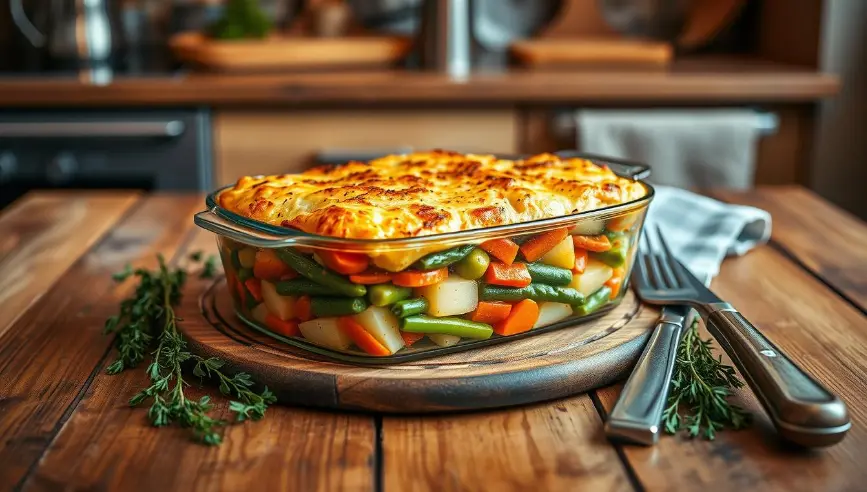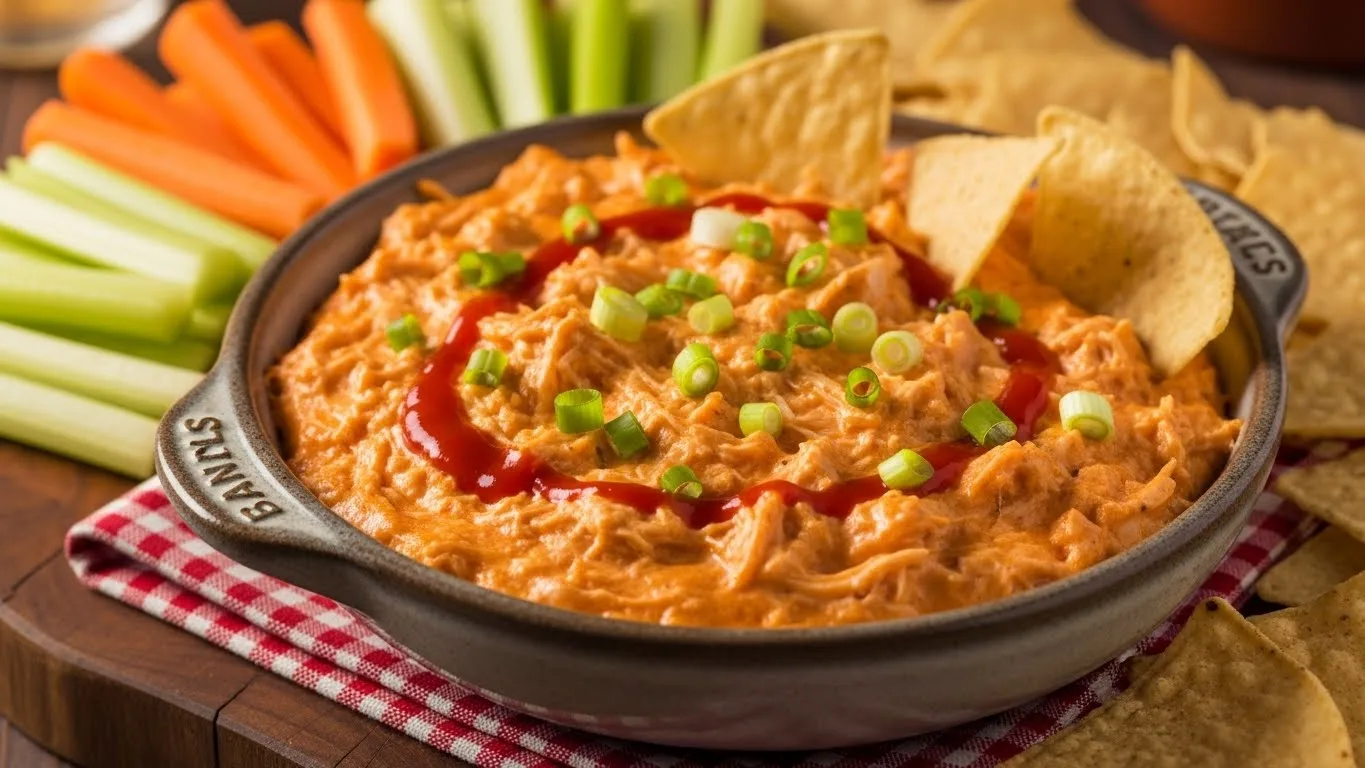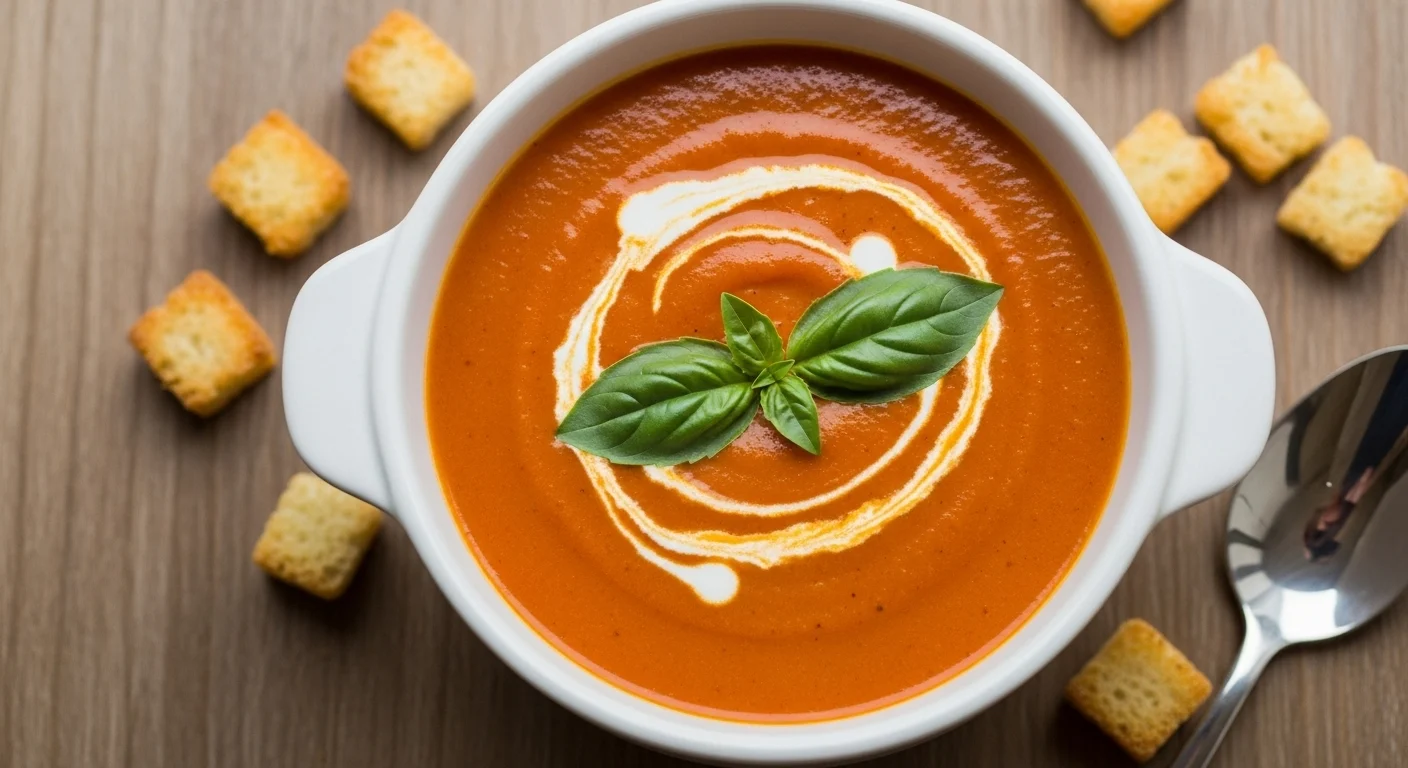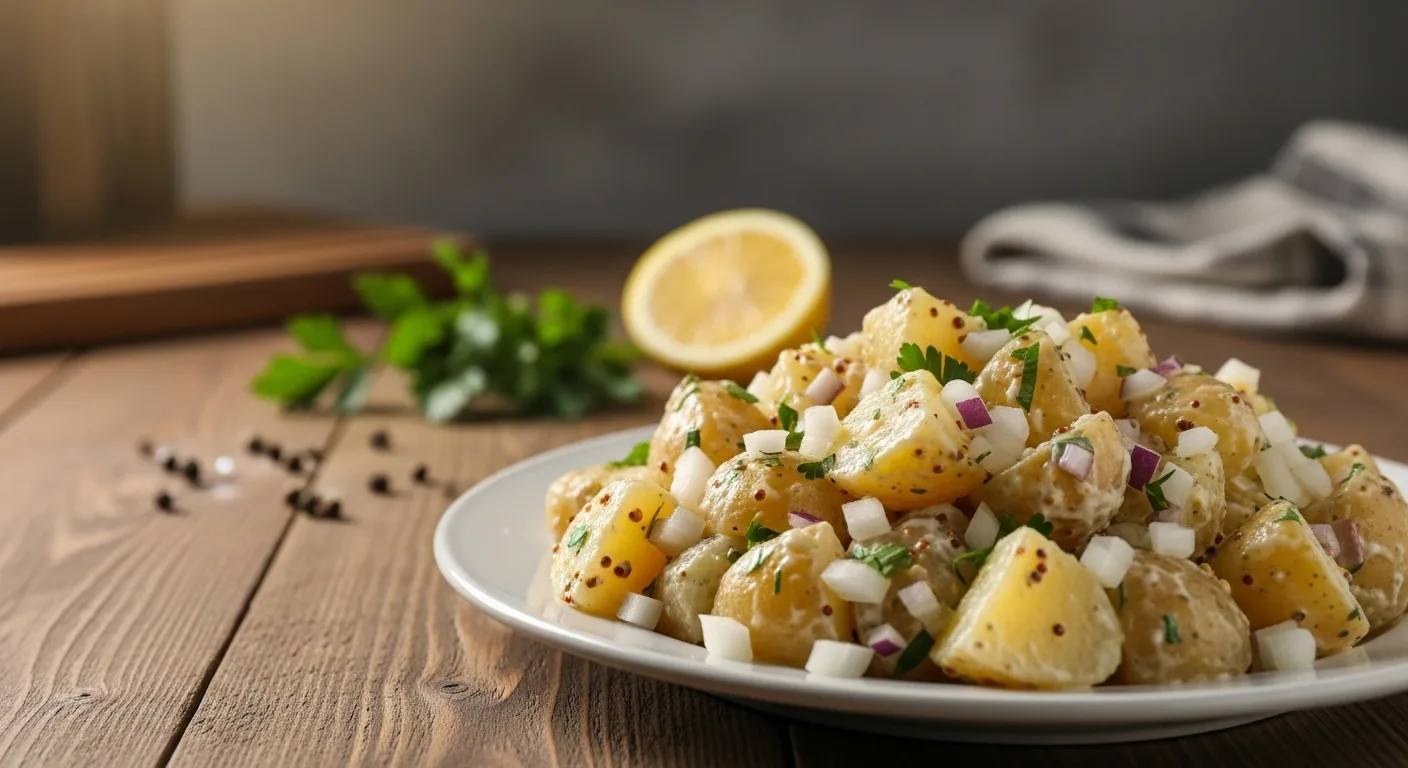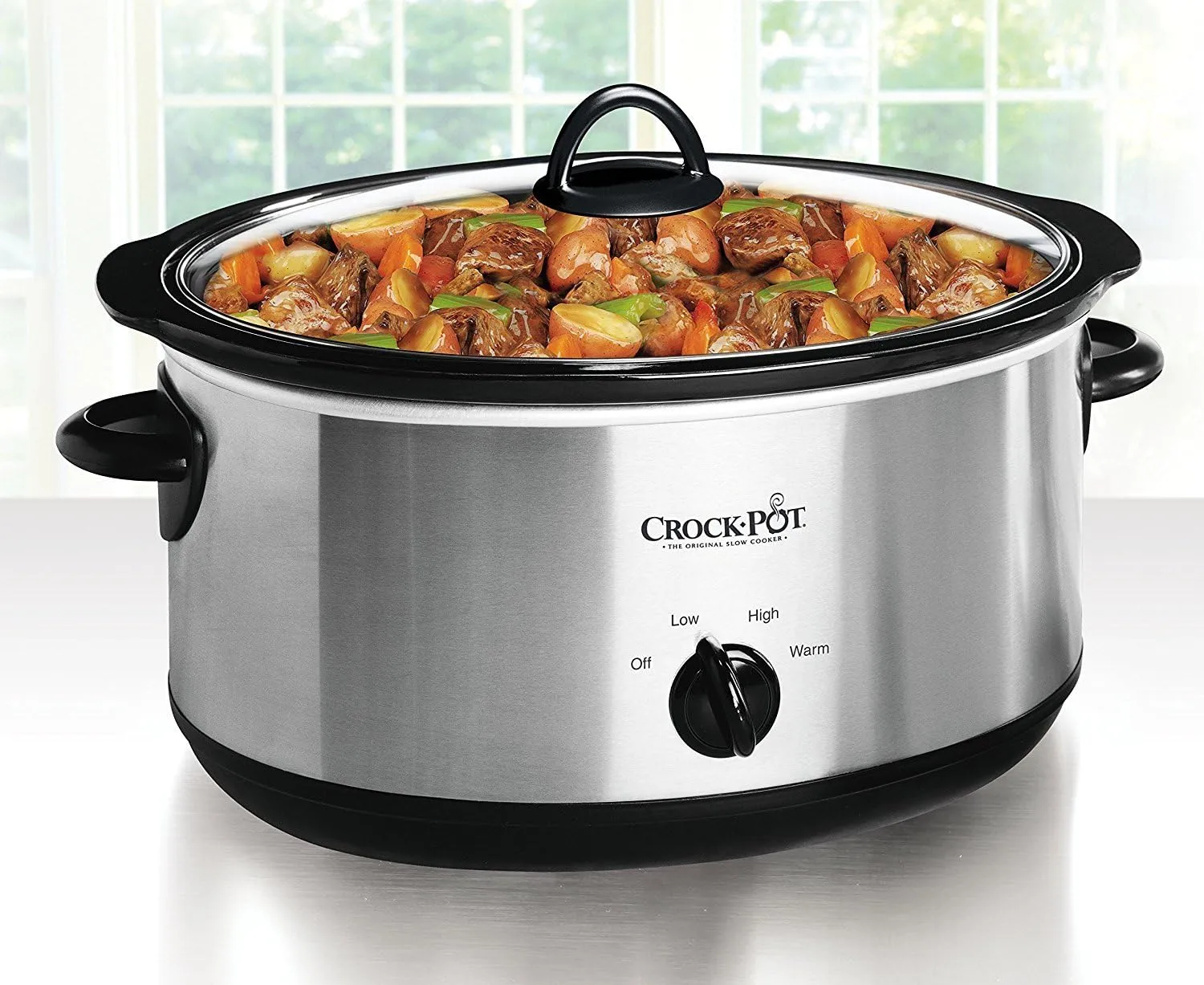Ever wondered why traditional german casserole vegetables are so loved? They range from comforting casseroles to fresh, seasonal dishes. German cuisine is full of delicious, authentic recipes. But what makes these vegetable dishes special, and how can you make them at home? Let’s dive into the flavors and traditions that have made German casserole vegetables a favorite for many.
Table of Contents
ToggleKey Takeaways
- Red cabbage is considered the best traditionalgerman casserole vegetablese in German cuisine, reflecting its widespread popularity.
- Carrots, cauliflower, mushrooms, Savoy cabbage, kale, and sauerkraut are among the most beloved vegetables in German households.
- German cuisine emphasizes a diverse range of vegetable options, showcasing the richness and versatility of their culinary traditions.
- Vegan recipes are gaining traction, reflecting a shift towards plant-based diets in modern German cooking.
- Visiting local farmers’ markets is encouraged to explore the fresh, seasonal produce that inspires authentic German cooking.
Understanding Traditional German Casserole Vegetables
German cooking is all about the rich traditions passed down through generations. From the North’s hearty Sauerkraut to the South’s fragrant Hühnerfrikassee, each dish highlights local flavors and ingredients.
Regional Variations in German Cooking
German cooking shows off the country’s rich cultural heritage through regional dishes. Each area has its own special vegetable dishes, shaped by its climate, farming, and cooking traditions. For example, Bavaria is famous for Kartoffelpuffer (potato pancakes), while the Rhineland loves Spargel (asparagus).
The Role of Seasonality in German Cuisine
Seasonality is key in German cooking. Farmers’ markets and local producers offer fresh, regional produce all year. German cooks make the most of each season, from spring’s Grüner Spargel to winter’s Rotkohl (red cabbage).
Traditional Cooking Methods
German cooking sticks to traditional methods like stewing, roasting, and fermenting. These methods bring out the best in vegetables, keeping their nutrients, texture, and colors alive.
“The true essence of German cuisine lies in its unwavering commitment to seasonal, locally sourced ingredients and the preservation of traditional cooking methods.”
Essential Ingredients for German Casserole Vegetables
Creating authentic German casserole vegetables starts with fresh, seasonal market ingredients and German vegetable staples. These ingredients are the heart of traditional German cuisine, bringing out rich, comforting flavors.
Sauerkraut, fermented cabbage, adds a tangy, slightly sour taste to casseroles. Alongside, cabbage, potatoes, carrots, onions, and mushrooms are common German vegetable staples in these dishes.
German cooks often use bacon, cream, and brown and white sugar to enhance flavors. These ingredients add richness, depth, and a touch of sweetness, balancing the savory vegetables.
| Ingredient | Description |
|---|---|
| Sauerkraut | Fermented cabbage that adds a tangy, slightly sour flavor |
| Cabbage | A hearty, versatile vegetable commonly used in German casseroles |
| Potatoes | A staple ingredient that provides substance and texture |
| Carrots | Add sweetness and vibrant color to the dish |
| Onions | Lend depth of flavor and aromatics to the casserole |
| Mushrooms | Provide an earthy, umami-rich element to the dish |
| Bacon | Adds savory, smoky notes and a crisp texture |
| Cream | Enhances the creamy, indulgent quality of the casserole |
| Brown and White Sugar | Balances the savory flavors with a touch of sweetness |
By using the freshest produce from local markets and these quintessential German vegetable staples, you can make casseroles that truly capture the essence of German cuisine.
The Art of German Sauerkraut Casseroles
Sauerkraut, Germany’s famous fermented cabbage, is the star of traditional German casseroles. These dishes mix the tangy sauerkraut with sweet, salty, and umami flavors. It’s a culinary experience like no other.
Preparing the Perfect Sauerkraut Base
The base of a great German sauerkraut casserole is the sauerkraut itself. Use high-quality, homemade sauerkraut for the best flavor. Avoid canned or jarred sauerkraut, as it lacks the flavor and texture of homemade.
Gently sauté the sauerkraut in bacon drippings or butter. This brings out its natural sweetness before you assemble the casserole.
Adding Complementary Ingredients
German sauerkraut casseroles often include bacon, onions, and diced tomatoes. These add savory, sweet, and acidic flavors. Bulk sausage or kielbasa makes the casserole heartier. A bit of brown or white sugar balances the sauerkraut’s tartness.
Cooking Techniques for Optimal Flavor
The secret to a delicious German sauerkraut casserole is in the cooking. Start by sautéing onions in bacon drippings until they’re fragrant. This creates a flavorful base.
Then, layer the sauerkraut, sausage, and other ingredients in a dish. Bake at a moderate temperature for about an hour. This melds the flavors and evaporates the liquid, creating a rich taste.
“Sauerkraut casseroles are a beloved part of German culinary tradition, showcasing the versatility and depth of flavor that this fermented cabbage can bring to the table.”
Hearty Root Vegetables in German Casseroles
Traditional German casseroles feature potatoes and carrots as main ingredients. These humble roots provide a satisfying base and soak up rich sauces. This makes German cuisine incredibly comforting.
Potatoes are a key ingredient in many German casseroles. They appear in dishes like Kartoffelpuffer (German potato pancakes) and Kartoffelauflauf (potato casserole). Potatoes can be boiled, mashed, or roasted, enhancing the flavors of the dish.
| Prep Time | Cook Time | Total Time | Servings | Calories |
|---|---|---|---|---|
| 15 minutes | 1 hour | 1 hour and 15 minutes | 4 people | 515 kcal |
Carrots add sweetness and color to German casseroles. They can be shredded, sliced, or diced. Carrots complement cabbage, onions, and herbs, creating a balanced flavor. In dishes like Krautrouladen (cabbage rolls) and Grünkohl mit Kassler (kale with smoked pork), carrots are crucial.
- 4-6 bratwurst
- 500 gr potatoes
- 1/2 white cabbage head (about 800 kg / 2 lbs)
- 1 red pepper
- 75 g smoked bacon lardons
- 1 1/2 teaspoon dried sage
- 1/2 teaspoon caraway seeds
- 125 ml water
- Salt and pepper
German root vegetables offer endless possibilities for casseroles. Whether making a hearty Bauernfrühstück (farmer’s breakfast) or a comforting Kohlrouladen (cabbage rolls), potatoes and carrots make the dish better. They leave you wanting more of these classic German flavors.
“The key to a delicious German casserole is the perfect balance of root vegetables, like potatoes and carrots, that soak up all the savory goodness of the dish.”
Savory Cabbage and Potato Combinations
German cuisine is famous for its hearty dishes. Cabbage and potatoes are a perfect example. The bright red cabbage is a key ingredient in German cooking. These dishes are not only tasty but also show how versatile these ingredients are.
Red Cabbage Variations
Red cabbage is a favorite in German cooking. It’s used in many dishes, from simple Rotkohl (braised red cabbage) to more complex recipes. Here are some popular red cabbage dishes:
- Slow-braised red cabbage with apples and onions
- Red cabbage slaw with a tangy vinaigrette
- Baked red cabbage casserole with smoked sausage
Traditional Potato Preparations
Potatoes are a staple in German cooking, often paired with cabbage. They’re used in casseroles and stews. You’ll find creamy Kartoffelsalat (German potato salad) and crispy Bratkartoffeln (pan-fried potatoes).
When cabbage and potatoes are together, it’s a flavor and texture dream. The cabbage’s sweetness complements the potatoes’ starchiness. This makes for a dish that warms the heart.
Exploring red cabbage and potato dishes is a tasty journey. It’s a great way to discover new flavors and cooking techniques.
Classic German Casserole Vegetables for Every Season
German casserole recipes are amazing because they change with the seasons. They use the best produce of each time of year. This makes them a comfort food that’s always in season.
In spring, asparagus and peas are the stars, adding freshness to the dish. Summer brings tomatoes and zucchini, full of flavor. Autumn is all about pumpkins and Brussels sprouts, adding a hearty touch. Winter brings out the root vegetables and preserved foods, keeping the German taste alive.
But some seasonal German vegetables are always there, no matter the season. Cabbage, potatoes, and carrots are the base, making it easy to switch up the recipe. This flexibility is what makes German casserole cooking so special, turning the kitchen into a place of creativity.
| Season | Featured Vegetables |
|---|---|
| Spring | Asparagus, Peas |
| Summer | Tomatoes, Zucchini |
| Fall | Pumpkins, Brussels Sprouts |
| Winter | Root Vegetables, Preserved Ingredients |
Whether you’re in the mood for spring’s freshness or winter’s warmth, German casserole recipes have you covered. They capture the spirit of every season, making them a joy to eat all year.
Enhancing Flavors with German Herbs and Spices
German food is known for its tastes.This thanks to the careful use of herbs and spices. Ingredients like caraway seeds and dill add depth to traditional German vegetable casseroles.
Common German Seasoning Blends
German seasoning blends mix different herbs and spices. This creates complex flavors. Some key ingredients include:
- Caraway seeds (Kümmel), which give a unique, slightly anise-like taste to dishes like sauerkraut and rye bread.
- Dill, used often in pickling cucumbers and herring.
- Juniper berries, used to marinate meat for stews and in sauerkraut.
- Marjoram, important in making traditional German sausages (wurst).
- Horseradish, paired with beef and sometimes in German potato salad.
Fresh Herbs in German Cooking
Fresh herbs are also key in German cooking. They add freshness and are often used as garnishes. Herbs like parsley, sage, and dill are common in German casserole recipes.
Using German herbs and spices can make vegetable casseroles more flavorful. This creates dishes that are both comforting and true to German cooking traditions.
Modern Twists on Traditional German Vegetable Recipes
Today, German cooking is mixing old traditions with new tastes from around the world. Chefs and home cooks are trying out new ways to make classic German vegetable dishes exciting again.
Sauerkraut, a favorite in Germany, is getting a makeover. It’s now in creative casseroles and stews, thanks to spices like cumin and turmeric. Vegan versions are also becoming more popular, meeting the need for plant-based meals.
Potatoes, a key ingredient in German food, are getting a modern update. Dishes like Bratkartoffeln and Kartoffelbrei are now mixed with fascinating herbs and oils. Chefs are even making Kroketten (breaded and fried mashed potato balls) for a fun twist.
Other German vegetable dishes are also getting a fresh look. Gurkensalat (German cucumber salad) now includes fresh herbs and a hint of honey. Grüne Bohnen (German green beans) are being mixed with Asian flavors for a unique taste.
The mix of new techniques and global tastes with German traditions has led to exciting vegetable dishes. These dishes are winning over food lovers everywhere.
Health Benefits of German Casserole Vegetables
German vegetable casseroles are packed with nutrients. Cabbage and sauerkraut are full of vitamins C, K, and B. They also have good bacteria that’s good for you. Root veggies like potatoes and carrots add fiber, vitamins, and minerals that keep you healthy.
Even though some German casseroles are rich, you can make them healthier. Using fresh, seasonal ingredients makes them more nutritious. Adding lean proteins like grass-fed beef or chicken makes them even better for you.
Enjoying a sauerkraut casserole or trying new German vegetable recipes is great for your health. These dishes are full of vitamins, minerals, and plant compounds. Eating them is a tasty way to take care of your body.
FAQ
What are the key characteristics of traditional German vegetable dishes?
Traditional German vegetable dishes are both healthy and indulgent. They often include butter, bacon, and cream. Red cabbage is a favorite among these dishes.
These recipes are easy to make and good for any time of year. German cooking focuses on using seasonal ingredients and traditional methods. Each region has its own twist, adding unique flavors and ingredients.
How do regional differences influence German cooking?
German cooking changes with each region. Dishes like Sauerkraut and Hühnerfrikassee show off local tastes. The use of fresh produce from farmers’ markets is key.
Traditional cooking methods like stewing, roasting, and fermenting are used. These methods affect the taste, texture, and appearance of the vegetables.
How are sauerkraut casseroles prepared in German cuisine?
Sauerkraut casseroles mix sweet, sour, salty, and savory tastes. Bacon, onions, fresh sauerkraut, diced tomatoes, and sugar are key. Onions are sautéed in bacon drippings.
The casserole is then baked to concentrate the flavors. Optional additions like sausage make the dish heartier.
What is the role of root vegetables in German casseroles?
Root vegetables like potatoes and carrots are essential in German casseroles. They add heartiness and soak up flavors well. Potatoes are used in dishes like hot German potato salad.
Carrots add sweetness and color, complementing cabbage and onions.
How do cabbage and potatoes feature in German cuisine?
Cabbage, especially red cabbage, is a key German vegetable. It’s versatile and pairs well with many meals. Potatoes are used in salads and casseroles.
The mix of cabbage and potatoes creates hearty, flavorful dishes. They are staples in German cuisine.
How do German casserole vegetables adapt to the seasons?
German casseroles use seasonal produce. Spring brings asparagus and peas, summer has tomatoes and zucchini. Fall features pumpkins and Brussels sprouts, while winter highlights root vegetables and preserved foods.
Year-round staples like cabbage, potatoes, and carrots ensure consistent flavors.
What herbs and spices are commonly used in German vegetable dishes?
German cooking often uses herbs like parsley, sage, and dill. Spices include caraway, juniper berries, and mustard seeds. Fresh herbs add brightness.
Seasoning blends vary by region but usually include dried herbs and spices. They enhance the natural flavors of vegetables.
How are traditional German vegetable dishes being adapted in modern cuisine?
Modern German cuisine blends international flavors with traditional roots. Chefs add fascinating spices to sauerkraut dishes and create vegan versions of classic casseroles. They experiment with new techniques while keeping German flavors intact.
What are the health benefits of German casserole vegetables?
German vegetable casseroles are nutritious. Cabbage and sauerkraut are full of vitamins and probiotics. Root vegetables offer fiber and essential nutrients.

